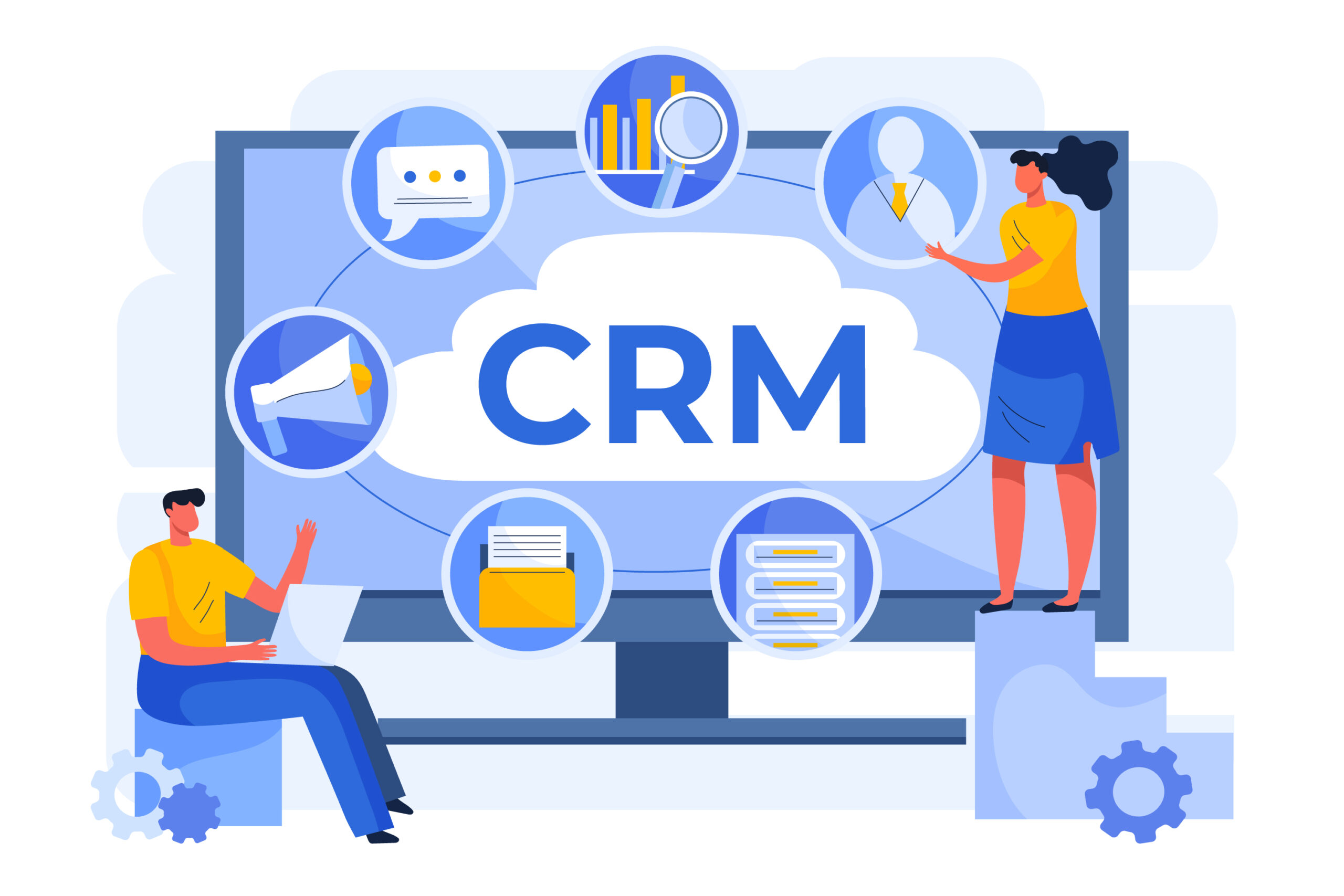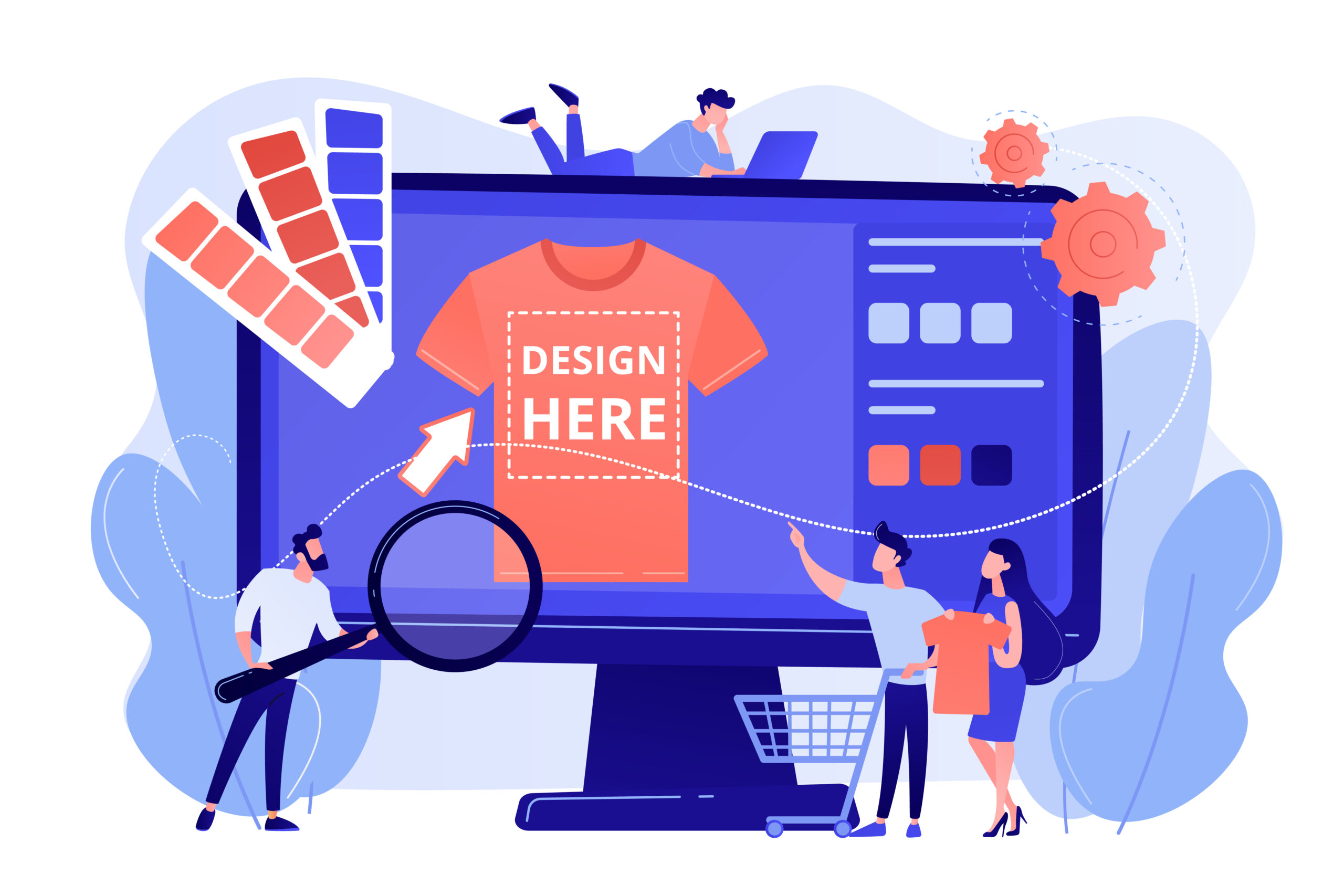5 Must-Have Textile Software Solutions for Businesses in 2025
As we approach 2025, the textile industry continues to face heightened competition and rapidly changing consumer trends. To stay ahead, leading textile companies are adopting various software solutions to optimize operations and secure their competitive edge. However, choosing the right tools remains a complex decision with many variables to consider.
Software solutions such as ERP, CRM, CMMS, and design tools empower textile businesses to stay agile and competitive. These systems enhance efficiency, improve customer relationships, and ensure sustainable production processes. Even simple yet versatile tools like Microsoft Excel continue to play a critical role for smaller enterprises.
Below, we explore five must-have software solutions that can help textile businesses thrive in 2025’s dynamic and demanding market.
1] Enterprise Resource Planning (ERP):
ERP software has become indispensable for modern textile businesses, particularly as they navigate increasing complexities in 2025. ERP software for textile industry specializes in handling and integrating all core functions of a textile business like inventory, production, and financial management through dedicated modules.
By automating repetitive tasks such as order processing and inventory updates, textile ERP solutions significantly reduce human error. They also provide actionable insights through advanced analytics and AI-driven forecasting tools, helping businesses anticipate demand, optimize production schedules, and control costs.
Another critical advantage of ERP for textile manufacturers & distributors is its role in supporting compliance with sustainability initiatives. These systems can track raw material usage, monitor waste, and analyze energy consumption, helping businesses align with global environmental standards and achieve their sustainability goals.


2] Customer Relationship Management (CRM):
A CRM software system enables textile manufacturers and distributors to build and nurture strong customer relationships by centralizing data and automating customer interactions. It tracks essential data like communications, purchasing trends, and sales activities, offering a complete view of customer behavior.
With the textile market becoming increasingly competitive and customer-centric, CRM software is vital for managing the complexities of modern customer relationships. It enables businesses to personalize marketing campaigns, identify cross-selling or upselling opportunities, and streamline sales workflows.
Moreover, CRM tools empower sales teams with real-time data to make informed decisions, predict market trends, and foster long-term customer loyalty. By integrating with ERP systems, textile businesses can ensure a seamless flow of customer data across departments, further enhancing customer experiences and driving revenue growth.
3] Computerized Maintenance Management System (CMMS):
A CMMS software system is crucial for textile businesses to ensure smooth operations by automating maintenance schedules, tracking work orders, and monitoring the performance of critical machinery.
Unplanned downtime can cause significant disruptions in production, especially in the fast-paced textile sector. By using CMMS textile software, manufacturers can proactively manage equipment maintenance, detect potential failures before they occur, and schedule repairs without interrupting production. This leads to reduced downtime, extended asset life, and lower repair costs.
In 2025, the increasing reliance on automation and precision machinery in the textile industry will make CMMS software an essential tool. Additionally, CMMS solutions can track maintenance metrics and safety compliance, ensuring manufacturers meet industry regulations while maximizing resource efficiency and production uptime.


4] Design Software :
Textile design software provides tools to create digital fabric patterns, color schemes, and prototypes, empowering businesses to innovate quickly and meet market demands.
By reducing reliance on physical samples, design software significantly accelerates the design-to-production process, improving speed to market and minimizing waste. With features like AI-assisted pattern generation, fabric rendering, and virtual try-ons, textile designers can experiment with multiple iterations efficiently, ensuring accuracy and creativity.
As fashion trends evolve at lightning speed, 2025 will demand even greater agility in design workflows. Advanced textile design tools will enable businesses to cater to niche markets, create personalized designs, and produce market-ready collections faster than ever. For companies that prioritize innovation, these tools are game-changers in meeting consumer demands while staying cost-effective.
5]Microsoft Excel:
While Excel lacks the automation capabilities of specialized textile software like ERP or CRM, it remains indispensable for small to mid-sized textile businesses due to its adaptability and cost-effectiveness.
Excel offers robust features for managing budgets, monitoring financial performance, and tracking inventory levels with precision. Businesses can use pivot tables, customized formulas, and charts to analyze trends, forecast demand, and make informed decisions.
For businesses that cannot invest in expensive software, Excel’s advanced capabilities like macros and VBA scripting allow automation of repetitive tasks, saving time and reducing errors. From cost analysis to production planning, Excel provides the flexibility and simplicity needed for smaller enterprises to stay competitive.
In 2025, Excel will continue to play a foundational role in bridging gaps for businesses transitioning to more comprehensive software solutions, making it a reliable tool for those on a budget.

Why Choose the Right Textile Software Solution?
Selecting the right textile software solutions is essential for optimizing operations and staying ahead in a competitive industry. Here are the 5 main reasons to invest in the right textile software solution:
- Tackle Supply Chain Complexities: Specialized tools like ERP systems help manage procurement, inventory, and logistics, ensuring smoother operations and fewer disruptions.
- Enhance Customer Relationships: CRM software enables better communication, personalized service, and customer satisfaction through efficient data tracking.
- Streamline Machinery Maintenance: Tools like CMMS reduce equipment downtime, extend machinery lifespan, and minimize repair costs with automated schedules.
- Accelerate Design Processes: Textile design software simplifies creating patterns, prototypes, and color schemes, enabling faster product launches.
- Boost Decision-Making: Integrated solutions provide real-time insights for strategic planning and efficient resource allocation.
In 2025, adopting textile software is essential for staying competitive in a dynamic industry. Tools like ERP, CRM, CMMS, design software, and Excel empower businesses to streamline operations, enhance customer relationships, and adapt to shifting market demands. These solutions enable real-time decision-making, boost efficiency, and reduce operational bottlenecks.
By integrating advanced technologies, textile businesses can optimize resources, meet sustainability goals, and drive growth, positioning themselves for success in an increasingly challenging and fast-paced market environment.

